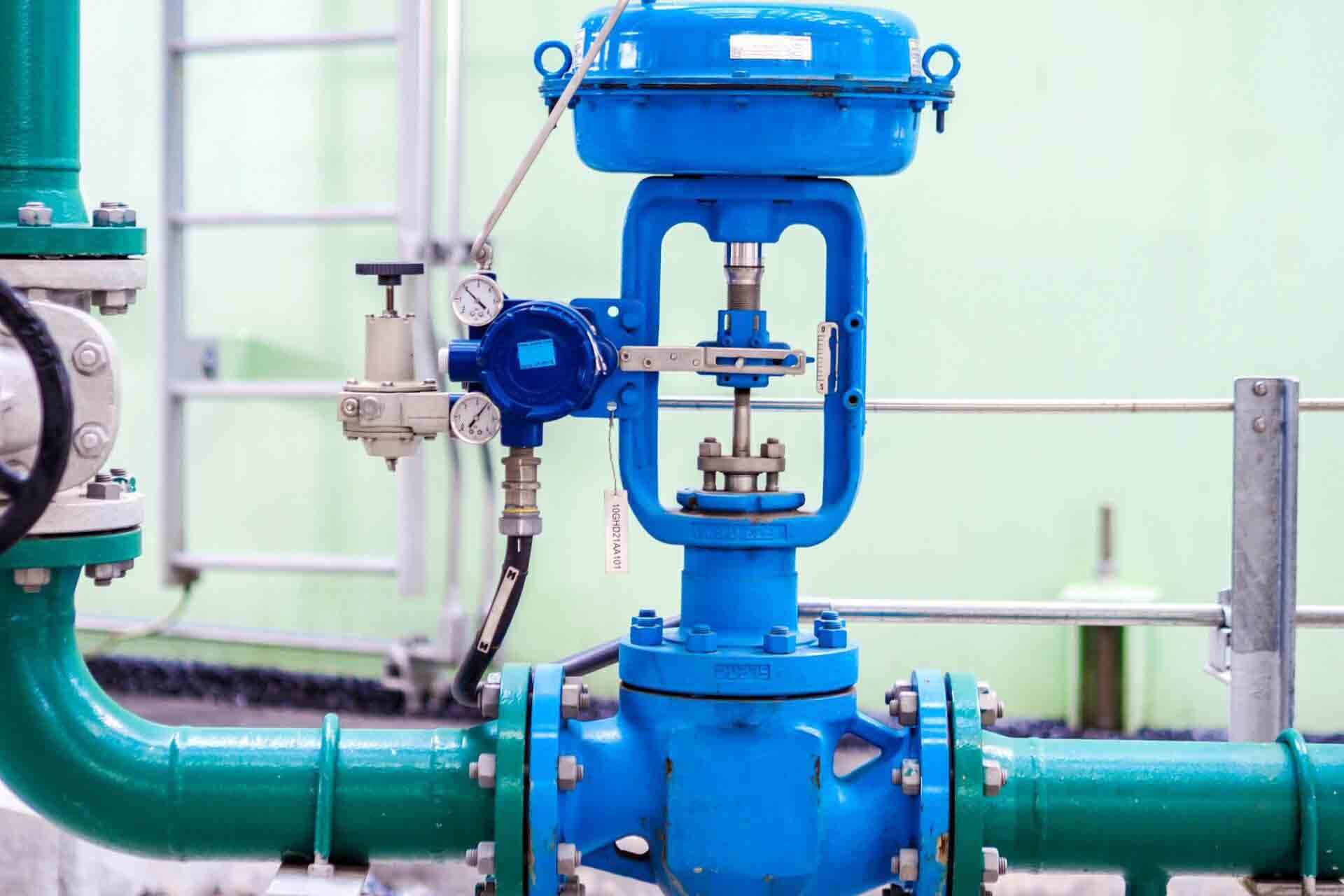
Anyone whose job entails controlling the flow of fluids or gases in either hydraulic or pneumatic systems has probably heard the term “valve actuator” many times. These valves are a critical element of many different types of machinery in industries as varied as manufacturing, oil and gas, construction, and HVAC. The ultimate effectiveness of these machines depends on these essential components, but what do actuator valves actually do?
Let’s delve into how valve actuators convert energy into motion and what purpose they serve in the systems that depend on them. We’ll also look at a few of their most important applications in the major industries we’ve mentioned.
Controlling the Flow
The ability to generate motion in a mechanical device is crucial in many industries, particularly those that depend on precise control over the flow of fluids or gases. Operators may need to increase or decrease pressure depending on the current need. A valve actuator allows them to do so safely and efficiently by automatically opening and closing a valve from a distance. This automated method supplanted hand-turned valves, allowing for far greater efficiency and control in the many industries that employ valve actuator technology.
The precision afforded by valve actuators ensures consistency in their operation. Their connection to automated control panels allows for a greater degree of precision, as well as improved safety for operators.
Making Things Move
The primary purpose of any actuator is to turn mechanical energy into motion. This motion may be rotary, as in the turning of an axle on a vehicle, or it may be linear, meaning that it provides motion in a straight line. Both types of actuators are widely used, with hundreds of applications across dozens of industries.
In a valve actuator, pressure is applied to a disc, which may be connected to a spring. This pressure forces the spring to compress, creating an opening in the valve that allows fluid to flow more freely. Valves can be opened partially or fully, increasing or decreasing the flow rate as needed.
This can be directly controlled by a human operator or via preprogramming set to run automatically.
Generating Mechanical Energy
To operate, an actuator requires a way to generate mechanical power. For manufacturing, HVAC, and transportation applications, the method is usually either hydraulic, electric, or pneumatic. Pneumatic systems generate force by using pressurized air (or other gases) to apply force to an actuator. Electric systems utilize an electric motor. Finally, hydraulic actuators operate under the same principle as pneumatic ones but generate force with an incompressible hydraulic liquid, such as oil.
Pneumatic Actuators
One of the most widely used actuator valves utilizes pneumatic pressure to control the flow of gas. Compressed air can be used to apply force to a piston. When enough pressure is applied to an actuator, it creates a rotary motion that opens a valve and allows the flow of gas through the system. When the air pressure is reduced or removed—controlled by a nearby operator—the valve closes again and shuts off the movement of gas. The air pressure can also be adjusted to open the valve more or less, giving the operator more precise control over the flow of the air in the system.
Pneumatic valve actuators have many common applications and are widely used in the oil and gas industries due to their greater safety versus other methods. The use of compressed air eliminates the risk of sparks that could cause combustion, which is a risk with electric actuators. Also, if the system does leak, the compressed air will not contaminate the valuable oil or gas product. Finally, pneumatic actuators can also employ fail-safe actions, as the valve can be set to return to a predetermined neutral position if a loss of pressure occurs.
Electric Actuators
Electric valve actuators use an electric motor to create the necessary torque to rotate a valve into an open or closed position. These systems are also designed to be connected to an exterior control system, allowing an operator to activate them as necessary.
While some industries prefer not to utilize electric actuators for the safety reasons we discussed above, they do have some advantages over other systems. In particular, they tend to be less noisy and more energy efficient than pneumatic and hydraulic actuators, rendering them more useful in residential areas, including homes. For example, they are employed in HVAC systems to modulate the flow of heated and cooled air to allow rooms to be brought to desired temperatures.
Hydraulic Actuators
Hydraulic valve actuators utilize a pressurized hydraulic fluid, such as oil, to open and close valves. Hydraulic fluid, unlike the compressed air used in pneumatic systems, is not compressible. This allows hydraulic actuators to generate a much greater amount of force than other motion-control methods. Because of this, they are crucial for large-scale applications, including in the oil and gas industry, although the risk of contamination is greater than pneumatic systems.
Hydraulic valve actuators are an integral part of the manufacturing industry as well, as their ability to generate incredible amounts of torque means they are well-suited to tasks that require vast amounts of pressure. They are frequently found in factories and in large-scale production environments, including nuclear power plants, which control fluids to generate energy.
For More Information
Aberdeen Dynamics provides custom motion-control systems, including the electric, hydraulic, and pneumatic valve actuators that are critical in so many industries. We design and manufacture each piece of machinery to meet the highest standards of quality and reliability so our clients can achieve greater success in their respective fields.For more information about valve actuators and their use in your specific application, contact the team of experts at Aberdeen Dynamics. With highly trained engineers and technicians on staff, we’ll help you find the solutions you’re looking for.